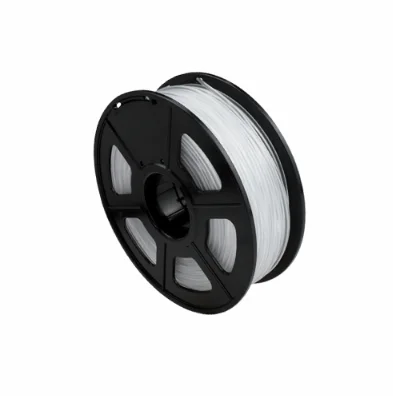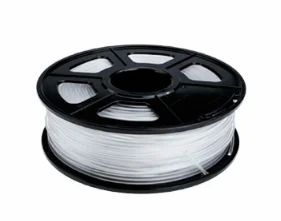Everything You Need to Know About PETG for Industrial and Commercial Use
PETG (Polyethylene Terephthalate Glycol) is a highly durable and versatile thermoplastic that has gained popularity across various industries. Known for its excellent clarity, impact resistance, and ease of processing, PETG is widely used in packaging, medical devices, and 3D printing. This article explores the key aspects of PETG, helping you make informed decisions when sourcing this material.
How to Find Reliable PETG from China in 2025
Sourcing PETG from China requires careful consideration of suppliers' credibility and product quality. Look for manufacturers with certifications like ISO 9001 and RoHS compliance. Platforms like Alibaba can help you compare multiple suppliers, but always request samples and verify their material specifications. Additionally, check customer reviews and ask for references to ensure reliability.
What Buyers Should Know Before Buying PETG from China
Before purchasing PETG, buyers should understand the material's properties and their specific application requirements. Key factors include transparency, UV resistance, and thermal stability. Ensure the supplier provides detailed technical datasheets and offers after-sales support. Negotiate bulk pricing and clarify shipping terms to avoid unexpected costs.
Types of PETG
PETG comes in various forms, including sheets, filaments, and pellets. Each type serves different purposes:
- PETG Sheets: Used for signage, displays, and protective barriers.
- PETG Filaments: Ideal for 3D printing due to their flexibility and strength.
- PETG Pellets: Commonly used in injection molding for manufacturing containers and medical devices.
Functions and Features of PETG
PETG offers several advantages, making it a preferred choice for many applications:
- High Impact Resistance: Withstands harsh conditions without cracking.
- Chemical Resistance: Resists oils, acids, and alcohols.
- Clarity: Maintains optical transparency similar to glass.
- Eco-Friendly: Recyclable and complies with food safety standards.
Scenarios of PETG
PETG is used in diverse industries:
- Packaging: Food containers, bottles, and blister packs.
- Medical: Surgical tools, IV components, and sterilization trays.
- Retail: Point-of-purchase displays and protective screens.
- 3D Printing: Durable prototypes and functional parts.
How to Choose PETG
Selecting the right PETG depends on your project requirements. Consider the following:
- Application: Choose sheets for displays or filaments for 3D printing.
- Thickness: Opt for thicker sheets for structural applications.
- Color: Clear PETG for transparency or colored variants for aesthetics.
- Supplier Reputation: Partner with trusted manufacturers for consistent quality.
PETG Q & A
Q: Is PETG safe for food contact?
A: Yes, PETG is FDA-approved for food packaging and storage.
Q: How does PETG compare to acrylic?
A: PETG is more impact-resistant and flexible than acrylic, making it suitable for high-stress environments.
Q: Can PETG be recycled?
A: Yes, PETG is fully recyclable and environmentally friendly.
Q: What temperatures can PETG withstand?
A: PETG typically resists temperatures up to 70°C (158°F).
Q: Is PETG suitable for outdoor use?
A: UV-resistant PETG variants are ideal for outdoor applications.
















